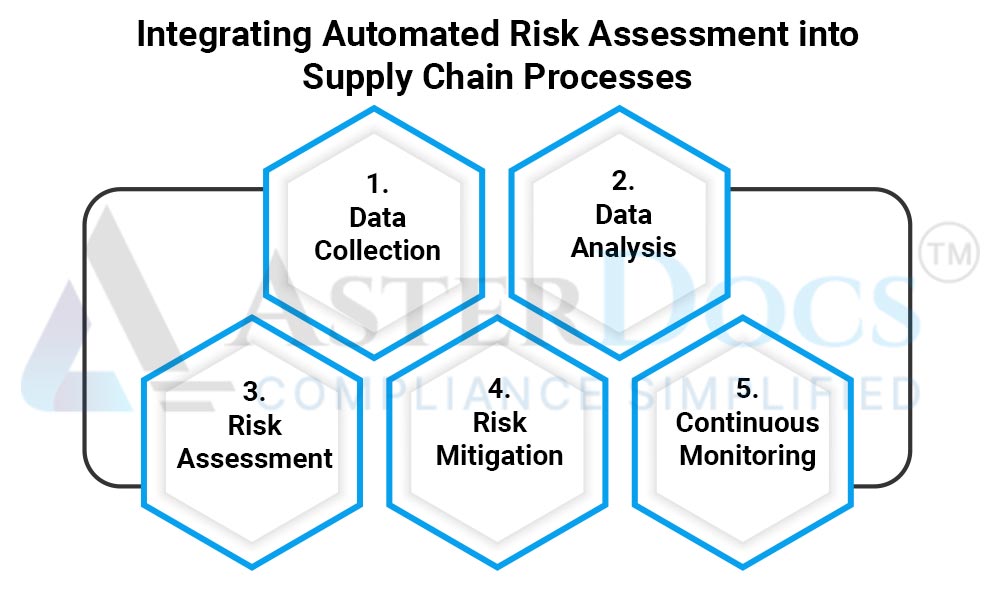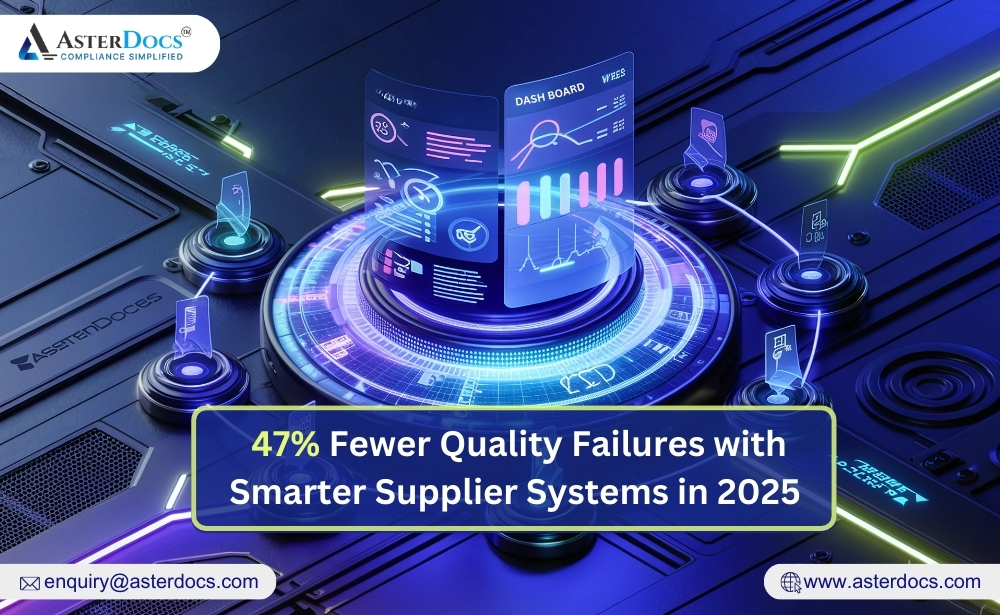Supply chains are critical in driving business success in today’s dynamic and interconnected global economy. However, these complex networks are often exposed to many risks. Risks range from logistics and manufacturing disruptions to geopolitical instability and cyber threats. Businesses increasingly turn to automated risk assessment tools to navigate these challenges effectively. It empowers them to proactively identify, assess, and mitigate potential threats, ensuring supply chain resilience and continuous growth.
Enhancing Transparency Through Automated Risk Assessment
Automated risk assessment software provide a comprehensive and centralized platform for gathering, analyzing, and visualizing data from various sources within the supply chain to make informed decisions for better business operations. This enhanced transparency empowers businesses to understand their risk profile holistically, enabling them to make informed decisions based on real-time insights.
Identifying Potential Risks with Data-Driven Insights
By leveraging advanced algorithms and predictive modeling, automated risk assessment tools can identify potential risks before they materialize into costly disruptions. These tools analyze historical data, current trends, and external factors to predict potential supply chain disruptions. Thus enabling businesses to take preventative measures proactively.
Optimizing Decision-Making with Risk-Adjusted Strategies
Automated risk assessment tools allow businesses to assess the likelihood and impact of potential risks. This allows them to prioritize risks effectively and allocate resources accordingly. This risk-adjusted approach empowers businesses to make informed decisions that optimize supply chain efficiency and minimize the likelihood of disruptions.
Integrating Risk Assessment into Supply Chain
To maximize the benefits of automated risk assessment , businesses should integrate these tools seamlessly into their supply chain processes. This integration involves:
- Data Collection: Establish a robust data collection framework to gather relevant data from various sources, including suppliers, logistics providers, and internal departments.
- Data Analysis: Leverage the analytical capabilities of risk assessment solutions to extract meaningful insights from the collected data.
- Risk Assessment: Utilize risk assessment models to evaluate the likelihood and impact of potential risks, prioritizing them accordingly.
- Risk Mitigation: Develop and implement risk mitigation strategies based on the identified and prioritized risks.
- Continuous Monitoring: Continuously monitor risk indicators and adapt risk mitigation strategies as needed.
Real-World Applications of Automated Risk Assessment in Supply Chain Management
Organizations are successfully implementing automated risk assessment tools across various industries to enhance supply chain management practices. Here are a few examples:
- Manufacturing: Risk assessment software is used to identify potential disruptions in the supply of raw materials, enabling manufacturers to secure alternative sources proactively.
- Retail: Automated risk assessment tools are used to predict fluctuations in consumer demand, allowing retailers to optimize inventory levels and minimize stockouts or overstocking.
- Logistics: The risk assessment system identifies potential disruptions in transportation routes, enabling logistics providers to reroute shipments and avoid delays.
- Pharmaceuticals: Risk assessment solution monitors supply chain conditions for temperature-sensitive drugs, ensuring product quality and patient safety.
Conclusion
Automated risk assessment tools have emerged as a powerful tool for supply chain management. It empowers businesses to enhance transparency, identify potential risks, and optimize decision-making. By integrating these tools into their supply chain processes, businesses can achieve greater resilience, improve efficiency, and safeguard their competitive edge in the global marketplace.














